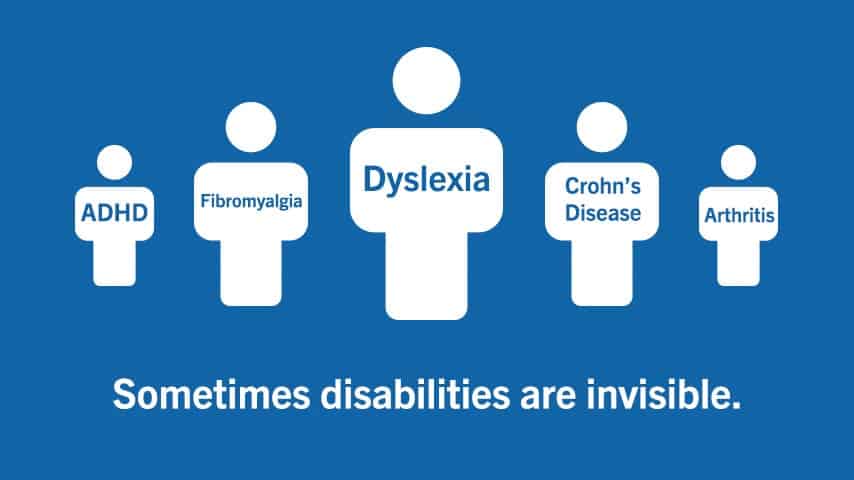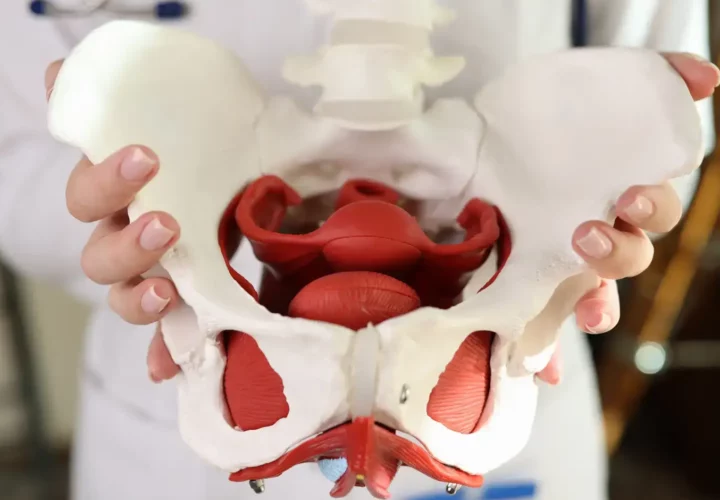Invisible disabilities is a rather strange term, and it’s actually one that I don’t particularly like as it comes from a form of medical model that identifies people by a condition that may afflict them rather than acknowledging that all people have different abilities regardless of if we have one condition or another. Regardless, the concept is one worth discussing and knowing about!
The idea here is that the ADA established a legal understanding that some of the effects of different conditions can affect people’s ability to participate in daily life. This is actually the reason we have special parking spots, ramps for building entry, more elevators and escalators present in various buildings, and even many buildings with doors that can open automatically or with a button press. These accommodations allow people with a variety of different conditions participate in their daily lives and activities with much greater ease!
However, a common thing we come across is the idea that if we cannot see a diagnosis, people do not need accommodation. For example, I have witnessed people becoming very upset at someone parking in a reserved spot when they were able to exit their vehicle without use of a cane or wheelchair. It is very important to remember that just because you cannot see a problem visually does not mean that person is not having struggles!
There are a lot of conditions where a difficulty, like walking, might not necessitate a wheelchair or assistive device. One clear example would be certain stages of MS! Relapses of MS often come with severe and fast fatigue, meaning that a person’s legs may give out on them and cause them to fall within a very short span of walking. However, until their fatigue takes over, they can move without need for a device at all, and as those devices can be very cumbersome and difficult to load and unload, many people will try and go without them when possible. Using a closer spot to a store could allow them to get through their groceries without having their legs give out at all, while parking in a spot further away could add thousands of feet to their walking and completely limit them from being able to buy their own food without help!
We call these conditions that affect people very profoundly despite not having any outward appearance “invisible” for that reason. You will often hear them brought up in discussions, however, because we need to know about them to understand just how very valid and real they are for those who live with them!
It is very important to remember that a variety of things like this exist in the world, and that we as citizens should be very mindful that what we see and what a person is experiencing may seem very different! Always remember to temper your expectations!



